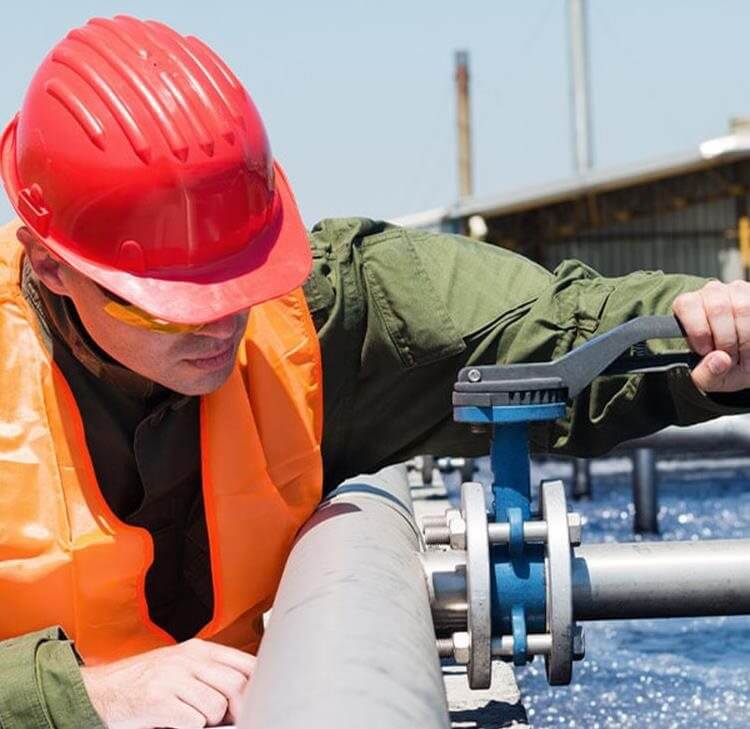The UK Hydrogen Strategy: an overview
Outline of the Government’s ambitious Hydrogen Strategy and how we can support low carbon energy projects and related queries.
This article is taken from September's public matters newsletter. Click here to view more articles from this issue.
With the Climate Change Act 2008 (through the Climate Change Act 2008 (2050 Target Amendment) Order) placing a duty on the Secretary of State to ensure the UK achieves net zero by 2050, the development and implementation of new forms of low carbon renewable energy, which can assist the UK in achieving its ambitious goals, are ever more important.
In line with the UK Government’s (the ‘Government’) 10 step plan for the “Green Industrial Revolution”, low carbon hydrogen power is one of the methods which the Government, and other bodies such as the Climate Change Committee, feel is critical in the UK’s transition to net zero. The Government’s recently published Hydrogen Strategy aims to outline its ambition for the ramp up of low carbon hydrogen production, storage and use.
It is also worth noting that the Government is working with the devolved administrations to support the research and development of low carbon hydrogen technologies, with ground-breaking projects and low carbon hydrogen producing companies already existing across Wales, Scotland and Northern Ireland; the devolved administrations are also working on their strategies for low carbon hydrogen production.
The case for low carbon hydrogen
Currently, low carbon hydrogen production and use is minimal in the UK, especially regarding energy production. With the Government aiming for 5 gigawatts (‘5GW’) of low carbon hydrogen production capacity to be implemented across the UK’s economy by 2030, there is the requirement for rapid and significant increase in low carbon hydrogen production from our current state.
Low carbon hydrogen has various combustive uses, can be stored on very large scales, and easily transported (similar to natural gas or liquid fuels) and will play an important role alongside clean electricity in order to decarbonise the UK’s energy system. Hydrogen also is suited to sectors where electrification is not a feasible or too costly of an option. However, low carbon hydrogen can only be considered decarbonised if it is cost effective, readily available, and truly is a low carbon producer. The Government has identified the following as challenges that must be overcome:
- the cost of hydrogen relative to existing high carbon fuels is currently more expensive, but likely to reduce as technology improves;
- current hydrogen innovation and technologies needs to be proven before more widely applied;
- there is a great deal of current policy uncertainty in the energy sector regarding hydrogen as an energy source;
- there is a need for the creation of new infrastructure, and the co-ordination of ‘supply and demand; and
- the drawing in of new kinds of investment to the industry and low carbon hydrogen production, storage and use.
The Government’s roadmap
The Government has set out a Hydrogen Economy Roadmap (the ‘Roadmap’), which it has developed in collaboration with the Hydrogen Advisory Council to outline its strategy for low carbon hydrogen to 2030 and beyond. Whilst the Government appreciates its aim for 5GW of low carbon hydrogen production by 2030 is not an easy task, it feels it is deliverable when compared to the evolution of offshore wind and solar power, which the UK has been able to deliver with significant cost reductions over the years.
The Government has therefore chosen to support electrolytic and carbon capture, usage and storage (‘CCUS’)- enabled hydrogen technologies to meet varied hydrogen needs and production methods; known as the ‘twin track’ approach which does not rely on only one type of low carbon hydrogen production.
According to Roadmap, the early 2020s will likely see small (up to 20 milliwatts (‘MW’) electrolytic hydrogen projects with production and end use being closely linked, and the mid-2020s could see larger (100MW) electrolytic hydrogen projects and the first CCUS- enabled hydrogen production facilities to be based in industrial clusters nationwide.
From 2030 onwards, the Government’s Roadmap states we may see a new range of production technologies including hydrogen made from nuclear, and bio-hydrogen with CCUS, that can create negative emissions and a market which can efficiently support hydrogen production, sale and end use.
What is the Government doing to deliver on future low carbon hydrogen production?
In order to make the leap from delivering 5GW by 2030, to delivering net zero by 2050 the Government has set its strategy as:
- continuing to drive research and innovation regarding low carbon hydrogen production and use, as well as reducing social economic and technological barriers including the launch of a £60 million low Carbon Hydrogen Supply 2 Competition to create new solutions for hydrogen supply as the market grows;
- continuing to work with the £1 billion Carbon Capture and Storage Infrastructure Fund which will support and develop CCUS Infrastructure;
- develop a Hydrogen Business Model to raise investments through low carbon hydrogen projects which intends to support hydrogen producers with long term revenue to overcome cost challenges faced with producing low carbon hydrogen (especially due to the competitive prices for cheaper fossil fuels);
- providing up to £240 million through the Net Zero Hydrogen Fund (“NZHF”) which will include Government co-investment to support low carbon hydrogen production in the lead up to the Government’s 2030 5GW goals; and
- ensuring the hydrogen we produce is low carbon, and the Government continues to support low carbon hydrogen production to prevent the risk of a reversal of low carbon energy progress.
How will the Government track its process?
The Government’s Hydrogen Strategy emphasises its commitment to the development of efficient, safe and cost-effective low carbon hydrogen as a long-term approach. In order to achieve the milestones of its Roadmap, the Government will adaptively track its progress through the monitoring of data and remain flexible in its approach to low carbon hydrogen production as advancements in technologies, the economy and data evolves.
The Government will remain transparent through the sharing of data, using this information to raise hydrocarbon awareness and also work with various sectors and markets to assist in achieving its strategy and become world leaders in low carbon hydrogen. The Government will also use data to assist with policy decisions and to strategies, allowing it to remain adaptive in this new area of low carbon energy production.
Conclusion and getting involved through the NZHF consultation
While the Government admits its strategy is ambitious, its strategy evidences it is not only determined in achieving net zero, but also creating new forms of low carbon energy which are beneficial to the environment and the economy; through the creation of jobs, markets, investment and supply chains to UK and international business.
The Government is currently consulting on the NZHF (found here: Designing the Net Zero Hydrogen Fund - GOV.UK (www.gov.uk)), which runs until 25 October 2021, asking for companies involved in the production and development of low hydrogen projects and interested members of the public to determine how the fund should be designed and applied to the advancement of low carbon hydrocarbon projects. With a variety of low carbon hydrogen projects already taking place across the UK, the encouragement for such companies to answer to the Government’s consultation to shape the future of low carbon hydrogen projects is an exciting prospect.
At Browne Jacobson we are passionate about low carbon energy production and have wide experience across our firm in areas of law which the creation, storage, and marketing of low carbon hydrogen may regard.
Please feel free to contact Peter Ware if you have any queries relating to low carbon energy projects regarding procurement, investment, or joint ventures. Ben Standing can also be contacted regarding any planning, environmental impact, or local authority statutory power queries; all which may arise as the Government’s Hydrogen Strategy and ambitions of achieving net zero push forward.
The Government’s full Hydrogen Strategy can be found here: UK Hydrogen Strategy (publishing.service.gov.uk)
Contact

Mark Hickson
Head of Business Development
onlineteaminbox@brownejacobson.com
+44 (0)370 270 6000








































